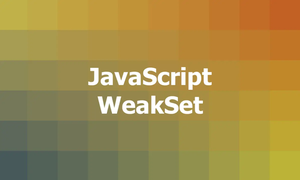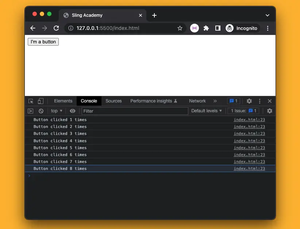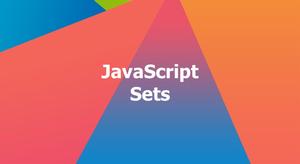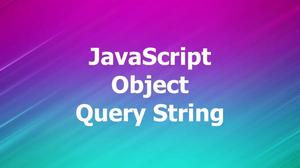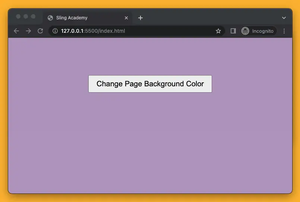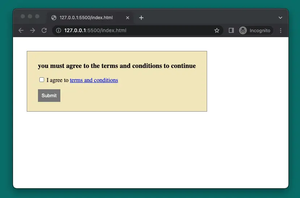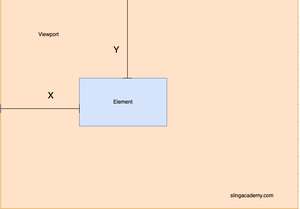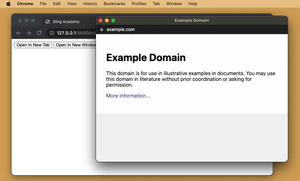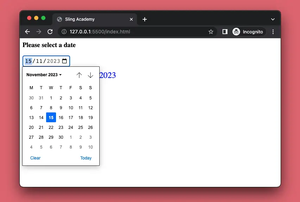Screen capture has become an essential part of modern applications, allowing users to record and share their interactions effectively. JavaScript provides powerful APIs for capturing and broadcasting display screens, enabling developers to embed robust screen recording functionality directly in web applications.
Getting Started with Screen Capture API
The Screen Capture API is a part of the broader Media Capture and Streams API, which allows for complex media capturing tasks, including access to the user's display. Let's dive into how you can use JavaScript to capture your display screen.
Requesting Screen Capture Access
To begin, you need to request access to capture the screen. This is done using the navigator.mediaDevices.getDisplayMedia() method, which returns a promise that resolves to a media stream of the requested display surfaces.
navigator.mediaDevices.getDisplayMedia({
video: true
})
.then(stream => {
// Inject the media stream into a video element
const videoElement = document.querySelector('video');
videoElement.srcObject = stream;
videoElement.onloadedmetadata = () => {
videoElement.play();
};
})
.catch(error => {
console.error('Screen capture error:', error);
});
In this example, getDisplayMedia() is called with a configuration object specifying that video output is required. On success, the provided stream is associated with a video element, allowing it to play the captured screen's feed directly inside the web page.
Streaming and Broadcasting
To broadcast this stream to an audience, you might combine the capturing with WebRTC or a similar real-time communication protocol. Here's a simplified example of how broadcasting might be achieved using WebRTC standards.
const peerConnection = new RTCPeerConnection();
navigator.mediaDevices.getDisplayMedia({
video: true
})
.then(stream => {
stream.getTracks().forEach(track =>
peerConnection.addTrack(track, stream)
);
return peerConnection.createOffer();
})
.then(offer => peerConnection.setLocalDescription(offer))
.then(() => {
// Send the offer SDP to remote peer (via server)
console.log('Broadcasting SDP Offer:', peerConnection.localDescription);
})
.catch(error => {
console.error('Error broadcasting screen:', error);
});
This snippet shows how to instantiate a new RTCPeerConnection, add the tracks from the captured media stream, and begin the process of establishing a connection with a remote peer by creating and sending an offer.
Stopping the Capture
Once you're done with capturing, it is crucial to stop the capture to free up resources. Make sure to call the stop() method on each track:
navigator.mediaDevices.getDisplayMedia({
video: true
})
.then(stream => {
// Perform actions with stream
const [track] = stream.getVideoTracks();
// Assuming some action, then stopping
track.stop();
})
.catch(error => {
console.error('Error stopping capture:', error);
});
Here, we stop the individual tracks of the media stream when we are finished with screen capture to ensure minimal resource usage.
Handling Permissions
Screen capturing inherently involves sensitive content, as users may be sharing their personal data or confidential information. When designing your application, pay attention to permissions prompt and guidance, ensuring users trust your application with such access.
Final Considerations
The JavaScript Screen Capture API is a powerful tool for integrating screen capturing capabilities in your web application. Consider enhancing user experience by providing clear instructions and UI feedback on the status of screen capture and broadcasting. Always keep security practices in mind to safeguard user data.
For a full-fledged application, you may also consider adding audio, error handling, UI enhancements, and other features to develop a seamless experience for your users. Screen capture coupled with cloud-based broadcast solutions can vastly extend your application's functionalities, making it versatile for webinars, video recordings, and live streams.

